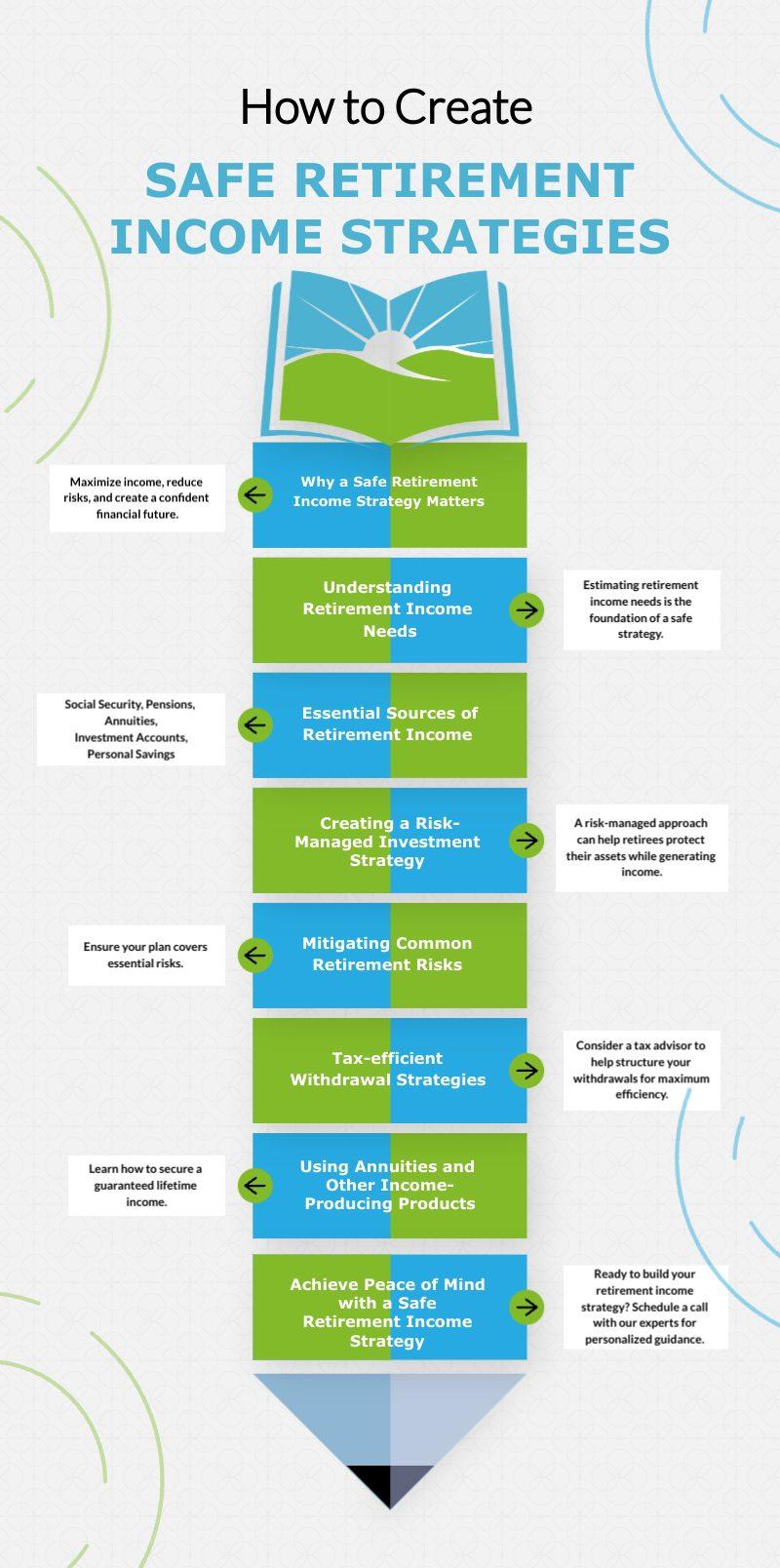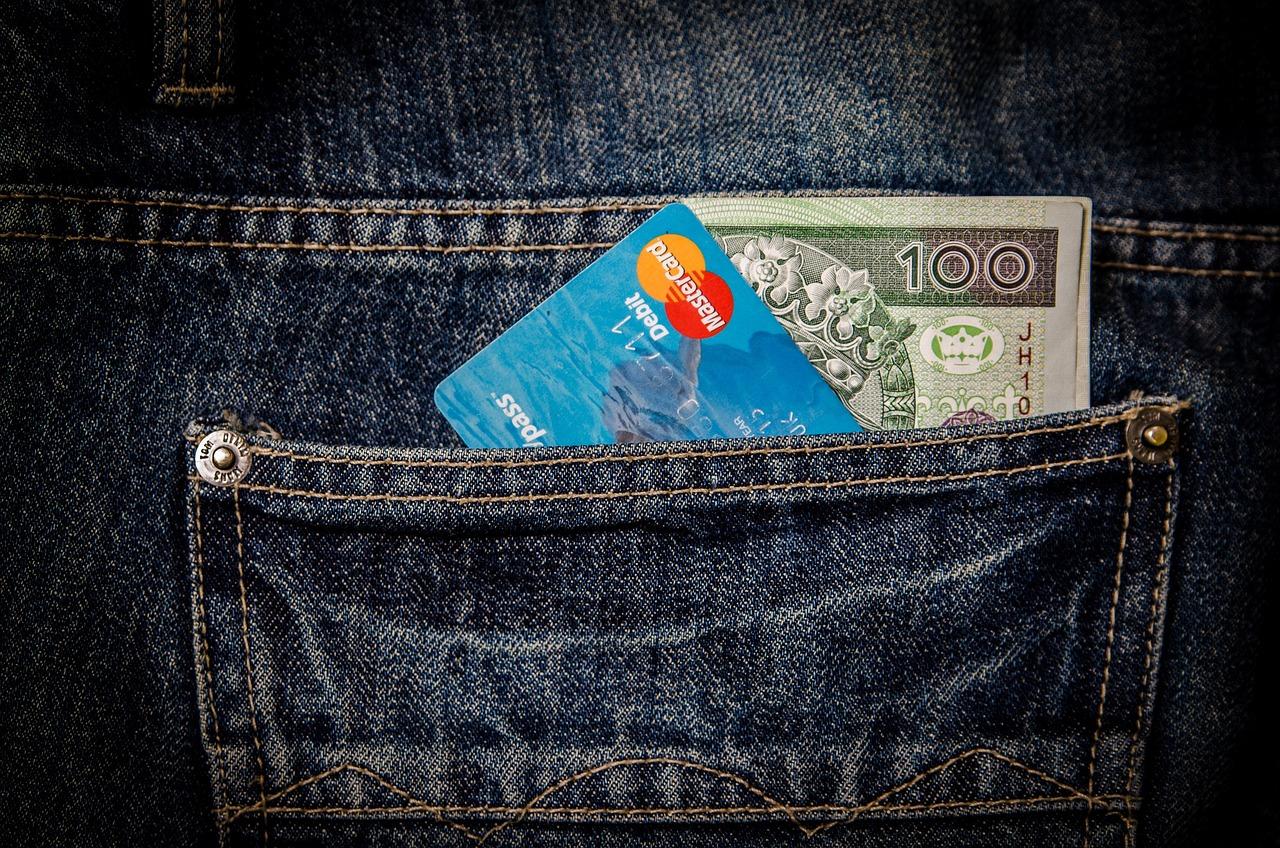A Beginner’s Guide to Investing in Crypto Safely
In the digital age, the allure of cryptocurrency beckons like a shimmering mirage on the horizon of finance. With headlines touting incredible gains and stories of life-changing wealth, it’s no wonder that novices are eager to dip their toes into this uncharted territory. However, for every success story, there are cautionary tales of missteps and losses that serve as stark reminders of the volatility that defines this landscape. As the world of crypto continues to evolve, navigating these waters requires not just enthusiasm, but also a grounded understanding of the essentials of safe investing. This guide aims to equip you with the knowledge and strategies needed to approach cryptocurrency with confidence, ensuring that your foray into this exciting realm is both informed and secure. Whether you’re driven by the promise of profit or simply curious about the technology behind it all, let’s explore the foundational steps to embark on your crypto journey safely.
Understanding the Basics of Cryptocurrency and Blockchain Technology
At its core, cryptocurrency is a form of digital or virtual currency that utilizes cryptography for security. Unlike traditional currencies issued by governments, cryptocurrencies operate on decentralized networks based on blockchain technology. This technology is essentially a distributed ledger that records all transactions across numerous computers, making it virtually unachievable to alter or counterfeit. Each time a transaction occurs, it is indeed grouped with others in a “block,” which is then added to the chain in a secure manner. The implications of this are profound, providing transparency while minimizing the risk of fraud.
Investing in cryptocurrencies requires an understanding of the different types available. Here are a few common types you might encounter:
- Bitcoin (BTC): The first and most recognized cryptocurrency.
- Altcoins: Any cryptocurrency that is not Bitcoin; including Ethereum (ETH), Ripple (XRP), and Litecoin (LTC).
- Stablecoins: Cryptocurrencies pegged to a stable asset, like the US Dollar, to minimize volatility.
- Tokens: Digital assets that reside on existing blockchains, representing various assets or utilities.
When considering investments, it’s essential to grasp the essential factors influencing the market. Here are a few key elements:
| Factor | Description |
|---|---|
| Market Sentiment | Emotional reactions from investors can drive price fluctuations. |
| regulation | Government policies can impact the legality and future of cryptocurrencies. |
| Technology Advances | Improvements in blockchain technology can enhance user experience and security. |
| Supply and Demand | The balance affects pricing, especially with limited supply assets. |

Identifying Safe Investment Strategies and Risk Management Techniques
When venturing into the world of cryptocurrency, it is critical to adopt safe investment strategies that protect your capital while seeking growth. Start by diversifying your portfolio; this means spreading your investments across various cryptocurrencies rather than putting all your funds into a single asset. This approach reduces risk as it prevents heavy losses if one particular coin performs poorly. Additionally, consider the following strategies:
- Setting clear investment goals: define your objectives and timeline, whether short-term gains or long-term hold.
- Using dollar-cost averaging: Invest a fixed amount regularly, mitigating the impact of volatility.
- Research and due diligence: Understand the projects you invest in through thorough research and fundamental analysis.
Risk management techniques are equally crucial. Protecting your investments requires constant evaluation of your risk tolerance and the market conditions. Emphasize exit strategies that set predefined conditions for selling your investments to lock in profits or cut losses. Consider implementing stop-loss orders, which automatically sell a cryptocurrency at a specified price, helping to minimize potential losses. Additionally, keeping a portion of your investments in stablecoins or fiat can provide a buffer against extreme market fluctuations.
| risk Management Technique | Description |
|---|---|
| Stop-Loss Orders | Automatically sells at a predetermined price to minimize losses. |
| Position Sizing | Determining the amount to invest based on risk tolerance. |
| Diversification | Investing in multiple assets to spread risk. |
adopting good security practices is essential to safeguarding your investments. Regularly update your passwords, enable two-factor authentication, and use reputable wallets for storage. Avoid sharing sensitive details and refrain from joining dubious online discussions that could expose you to scams. By following these strategies and techniques, you can navigate the crypto landscape with greater confidence and reduced risk.

Securing Your Assets: Best Practices for Wallets and Exchanges
When diving into the cryptocurrency world, one of the most critical considerations is how to secure your investments. utilizing wallets and exchanges properly can significantly reduce the risk of losses due to theft or hacking.Hardware wallets, frequently enough hailed for their robust security, are physical devices that store your private keys offline. By disconnecting from the internet, they create a definitive barrier against online threats. Conversely, software wallets are more user-friendly and accessible but should always be paired with strong security measures, like two-factor authentication.
Exchanges are another vital element of crypto investment, but they come with risks of their own. When choosing an exchange, always look for those that have established a solid reputation within the community. A few best practices include:
- Always enable two-factor authentication (2FA) for an extra layer of security.
- Utilize a strong and unique password to protect your account.
- Regularly track your account activity for any suspicious behavior.
In addition to these practices, consider diversifying your approach to fund storage. For example, while keeping a portion of your assets on an exchange for active trading is convenient, it’s wise to transfer the majority of your holdings to a more secure wallet. A balanced strategy might look like this:
| storage Method | Percentage of Assets | Security Level |
|---|---|---|
| Hardware Wallet | 70% | high |
| Software Wallet | 20% | Medium |
| Exchange | 10% | Low |
By implementing these best practices, you can establish a more secure surroundings for your digital assets. Staying informed and proactive will help you navigate the exciting world of cryptocurrency while protecting your investments effectively.

Staying Informed: Navigating the Evolving Crypto Landscape with Confidence
In the ever-shifting terrain of cryptocurrency, maintaining an informed perspective is crucial for navigating investment opportunities. First and foremost, familiarize yourself with the foundational concepts of blockchain technology and how different cryptocurrencies operate. Understanding terms like altcoins, tokens, and smart contracts will empower you to make informed decisions. Additionally, it’s important to keep track of the major players in the industry, such as Bitcoin and Ethereum, and also emerging projects that could disrupt the market.
Moreover, reliable resources are your best allies in this journey. You might consider subscribing to reputable news platforms and joining community forums where current trends and market analyses are shared.Here are some valuable resources to consider:
- CoinDesk: Offers thorough news and analysis on cryptocurrencies.
- CoinMarketCap: Provides up-to-date pricing and market cap information for various coins.
- Reddit and Discord channels: Engage with other investors to share insights and strategies.
practice vigilance when evaluating investment choices and trends. Use tools such as price charts, analytics dashboards, and portfolio trackers to help you assess potential risks and rewards. Consider keeping a watchlist of cryptocurrencies you believe in based on market analysis, development activity, and community support. Here’s a simple framework to categorize your findings:
| Cryptocurrency | Market Cap | Recent performance |
|---|---|---|
| Bitcoin (BTC) | $420 Billion | +5% (Last 30 Days) |
| Ethereum (ETH) | $200 Billion | -2% (Last 30 Days) |
| Cardano (ADA) | $10 Billion | +15% (last 30 days) |
Q&A
Q&A: A Beginner’s Guide to Investing in Crypto Safely
Q1: What is cryptocurrency, and why should beginners consider investing in it?
A1: Cryptocurrency is a form of digital or virtual currency that uses cryptography for secure transactions. It operates on blockchain technology, which is a decentralized ledger that records all transactions transparently. Beginners might consider investing in cryptocurrency due to its potential for high returns, growing acceptance in mainstream finance, and the opportunity to diversify their investment portfolio.
Q2: What are the risks associated with investing in cryptocurrencies?
A2: cryptocurrency investment comes with several risks, including market volatility, regulatory changes, and the potential for scams. Prices can fluctuate dramatically in a short period, making it possible to see significant losses. Additionally, the regulatory landscape around cryptocurrencies is still evolving, which can impact their legality and functioning. Beginners should be aware of these risks before diving in.
Q3: How can beginners invest in cryptocurrency safely?
A3: Safety should be a priority for beginners. Start by educating yourself about the market, familiarizing yourself with different cryptocurrencies, and understanding how blockchain technology works. Use trusted platforms for trading, enable two-factor authentication for accounts, and consider using hardware wallets for storing coins securely. It’s also wise to invest only what you can afford to lose and to research any project thoroughly before investing.
Q4: What platforms are recommended for beginners?
A4: Beginners can start with well-known platforms like Coinbase, Binance, or Kraken, which offer user-friendly interfaces and educational resources. These platforms provide easy access to various cryptocurrencies and often include features like limit orders and educational guides that can help new investors make informed decisions.
Q5: Is it better to invest in established cryptocurrencies or new ones?
A5: Established cryptocurrencies, like Bitcoin and Ethereum, tend to have a more stable track record and less volatility than new coins. Though, emerging cryptocurrencies can offer high potential rewards but come with increased risk. As a beginner, it’s advisable to start with the more established coins while diversifying with smaller investments in promising new projects after doing thorough research.
Q6: How important is it to stay updated on crypto news?
A6: staying informed is crucial in the cryptocurrency space due to its fast-paced nature. Market trends, regulatory news, and technological developments can significantly impact the value of your investments. Regularly checking trusted news sources, following thought leaders in the space, and engaging with online communities can definitely help you stay abreast of the latest developments.
Q7: Can I lose all my money in crypto, and how can I minimize potential losses?
A7: Yes, it is possible to lose your entire investment in cryptocurrency, particularly due to its inherent volatility. to minimize potential losses, consider techniques like dollar-cost averaging, where you invest a fixed amount regularly regardless of price fluctuations.Diversifying your investments across different cryptocurrencies and not putting all your funds into a single asset can also help spread risk.
Q8: What resources can I use to learn more about investing in cryptocurrency?
A8: There are numerous resources available for beginners, including online courses, books, podcasts, and dedicated websites. Websites like Investopedia, coindesk, and CryptoCompare offer articles and guides tailored for newcomers. Additionally, forums such as Reddit’s r/CryptoCurrency and the Bitcointalk forum can provide community insights and discussions that can deepen your understanding of the crypto landscape.
This Q&A serves as a friendly guide for those looking to take their first steps into the world of cryptocurrency investing while emphasizing safety and informed decision-making.
The Conclusion
As you stand at the threshold of the exhilarating world of cryptocurrency, remember that every seasoned investor was once a beginner, navigating the uncharted waters of digital assets. The journey ahead is filled with potential rewards, intriguing technologies, and, inevitably, risks. By adhering to the principles of safety and education outlined in this guide, you are off to a thoughtful start, equipped with the necessary tools to make informed decisions.
Investing in crypto isn’t just about flipping coins or riding the latest trend; it’s about understanding the landscape, recognizing the importance of security, and building a strategy that aligns with your financial goals. As you continue your research and deepen your knowledge, trust your instincts, stay curious, and never hesitate to seek out additional resources.In this fast-paced domain, patience and perseverance are your best allies. forge your path wisely, and may your investment journey in the world of cryptocurrencies be both fulfilling and secure.Welcome to a new era of finance—invest thoughtfully, and thrive in the digital revolution ahead.
